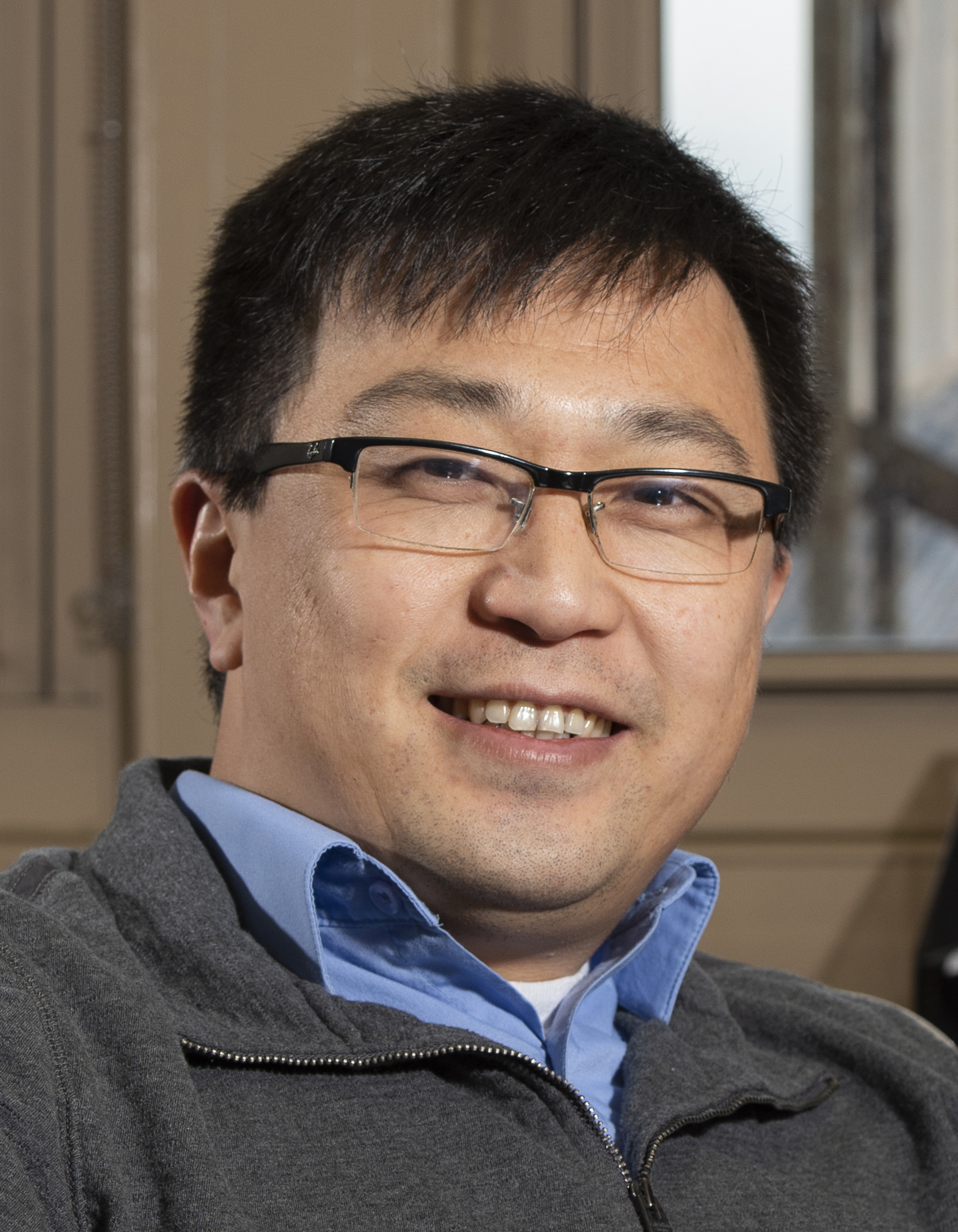About the Seminar
Due to limited mechanistic insights and the complexity of catalyst-substrate interactions, catalyst design and optimization in transition metal catalysis are often based on chemical intuition and experimental trial-and-error. I will discuss our recent efforts to utilize a streamlined computational approach to understand and predict the reactivity and selectivity of various transition metal catalyzed reactions, including the functionalization of C-H/C-C bonds and olefins, as well as olefin polymerization reactions.
Our approach is based on computational mechanistic studies and quantitative investigations of various steric, electronic, dispersion, and strain effects of the transition metal catalyst. We utilized the energy decomposition analysis (EDA) methods to quantitatively analyze different types of through-bond and through-space interactions between the transition metal catalyst and the substrate. These studies provided a straightforward way to identify the dominant factor controlling reactivity and selectivity. We demonstrated these theoretical insights can facilitate catalyst discovery. In collaborations with synthetic organic chemistry groups, we employed a mechanistically-guided catalyst design approach to develop new catalysts for the Cu-catalyzed olefin hydroamination and the Rh-catalyzed asymmetric allenic Pauson-Khand reactions. We also showed that the in-depth analysis of catalyst-substrate interactions in transition states can aid the development of multivariate mathematical equations for the rapid prediction of catalyst and initiator reactivities in the Cu-catalyzed atom transfer radical polymerization (Cu-ATRP).
References:
1. Lu, G.; Yang Y.; Liu, R. Y.; Fang, C.; Lambrecht, D. S.; Buchwald, S. L.; Liu, P.: J. Am. Chem. Soc., 2017, 139, 16548–16555.
2. Thomas, A. A.; Speck, K.; Kevlishvili, I.; Lu, Z.; Liu, P.; Buchwald, S. L.: “Mechanistically Guided Design of Ligands that Significantly Improve the Efficiency of CuH-Catalyzed Hydroamination Reactions,” J. Am. Chem. Soc. 2018, 140, 13976–13984.
3. Fang, C.; Fantin, M.; Pan, X.; de Fiebre, K.; Coote, M. L.; Matyjaszewski. K.; and Liu, P.: J. Am. Chem. Soc., 2019, 141, 7486–7497.
About the Speaker:
Professor Peng Liu received his B.S. degree from Peking University in 2003 and M.Sc. degree from the University of Guelph in 2006. He completed his Ph.D. and postdoctoral studies with Professor Ken Houk at UCLA. He joined the faculty at the Department of Chemistry, University of Pittsburgh in September 2014 and was promoted to Associate Professor in 2019. He holds a joint appointment as Adjunct Associate Professor at the Department of Chemical and Petroleum Engineering, University of Pittsburgh. He is currently a member of the Pitt Computational Modeling and Simulation program and the Pittsburgh Quantum Institute.
Professor Liu’s current research focuses on the computational investigation of transition metal-catalyzed reactions to explore reaction mechanisms and the origins of reactivity and selectivity. He has studied a large variety of catalytic transformations, including C−C and C−H bond functionalization, olefin functionalization, polymerization, and functionalization of carbohydrates. In the past five years, Professor Liu’s research group has published over 70 papers in the area of computational organic chemistry, including both collaborative and independent computational studies. His research accomplishments have been recognized by a number of awards, including the NSF CAREER award in 2017, the Journal of Physical Organic Chemistry Award for Early Excellence in 2018, and the NIH Maximizing Investigators’ Research Award (MIRA) in 2018.
Representative Publications:
1. Qi, X.; Kohler, D. G.; Hull, K. L.; Liu, P.: “Energy Decomposition Analyses Reveal the Origins of Catalyst and Nucleophile Effects on Regioselectivity in Nucleopalladation of Alkenes,” J. Am. Chem. Soc., 2019, 141, 11892–11904.
2. Omer, H. M.; Liu, P.: “Computational Study of Ni-Catalyzed C−H Functionalization: Factors that Control the Competition of Oxidative Addition and Radical Pathways,” J. Am. Chem. Soc., 2017, 139, 9909–9920.
3. Morales-Rivera, C. A.; Floreancig, P.*; Liu, P.*: “Predictive Model for Oxidative C−H Bond Functionalization Reactivity with 2,3-Dichloro-5,6-dicyano-1,4-benzoquinone (DDQ)”, J. Am. Chem. Soc., 2017, 139, 17935–17944.
4. Lu, G.; Fang, C.; Xu, T.; Dong, G.; Liu, P.*: “Computational Study of Rh-Catalyzed Carboacylation of Olefins: Ligand-Promoted Rhodacycle Isomerization Enables Regioselective C–C Bond Functionalization of Benzocyclobutenones,” J. Am. Chem. Soc., 2015, 137, 8274–8283.



